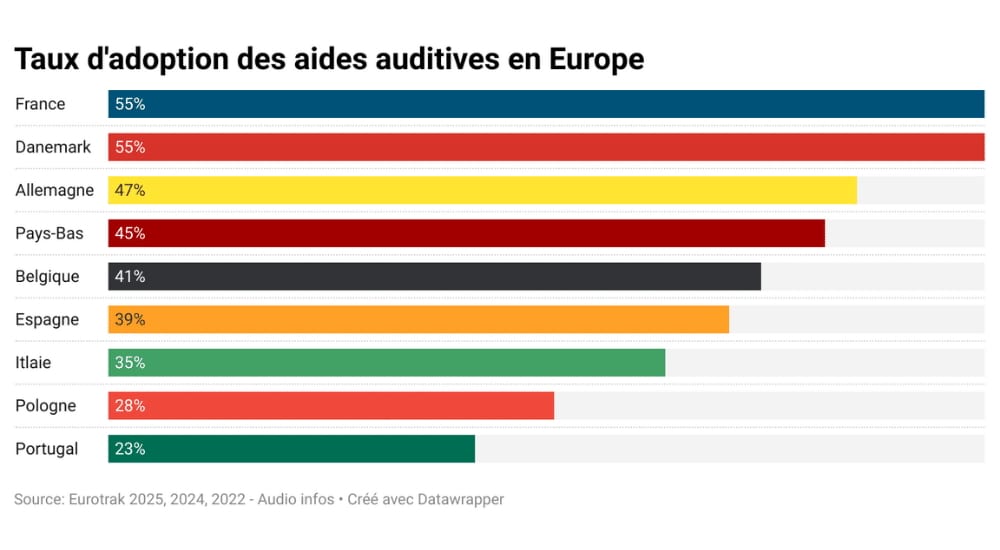Diagnosing autism in infants using a hearing test
Autism
In late July, NHS Choices published an analysis of a recent study carried out by researchers from the University of Rochester, New York, on the sound processing abilities of boys with autism compared to boys not affected by the disorder.

The study, funded by the US National Institutes of Health (NIH), included 35 boys with autism and 42 age-matched boys without autism, and involved a range of hearing tests. Detection of sounds at different levels and frequencies was assessed (standard audiometry), along with tests on the ear’s ability to process and distinguish between similar sounds (otoacoustic emissions (OAEs)).
Findings showed that boys with autism had a smaller response to discriminating between specific sounds in both ears compared with the boys without autism. According to the authors, who published their results in the journal Autism Research, “The observed decreases in OAE amplitudes at 1kHz mid-frequency range could cause reduced ability to discriminate between two sounds or impair auditory tuning.” They suggest that these tests might help diagnose children with autism at a much younger age, with possible implications on when treatment is initiated.
NHS Choices points out that there is a known link between autism and the ability to hear and process sounds – some children with autism are hypersensitive to sounds while others show no response. The analysis welcomes the results as promising but indicates that it is too early to conclude on any practical usefulness of the type of testing reported in the study. In addition, the study included only boys aged 6 to 17 years, so it is not known whether girls or younger children would have similar results.
Source: NHS Choices


